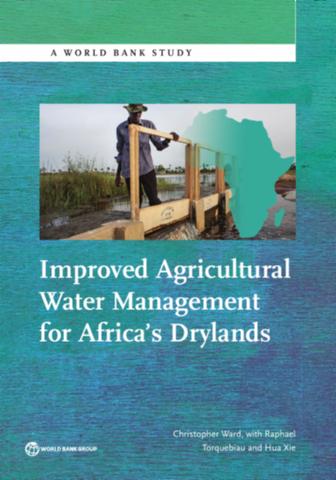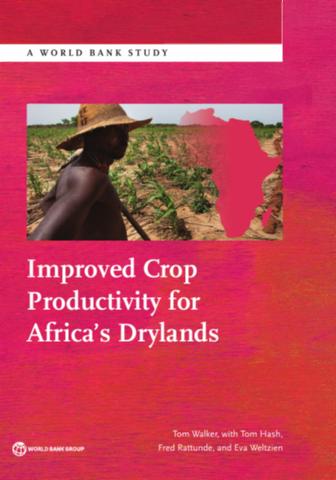Drought tolerant species dominate as rainfall and tree cover returns in the West African Sahel
After the severe droughts in the 1970s and 1980s, and subsequent debates about desertification, analyses of satellite images reveal that the West African Sahel has become greener again.




